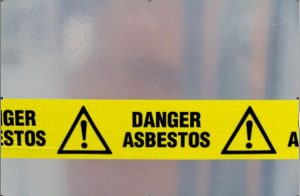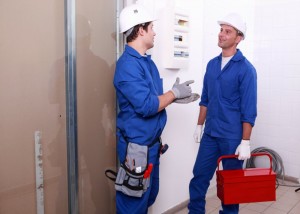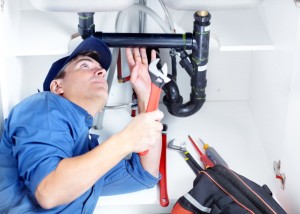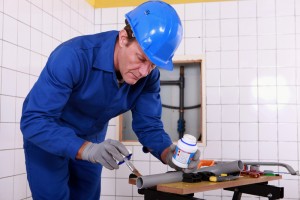At the tail end of last year, the All-Party Parliamentary Group on Occupational Safety and Health called for urgent action to be taken to tackle the legacy of asbestos in Britain’s workplaces. Building occupants may be exposed to asbestos, but those most at risk are persons who purposely disturb materials and they become airborne such as maintenance or construction workers. This often leads to mesothelioma – an incurable disease of the lungs which is fatal.
With an estimated 5000 people dying as a result of asbestosis and mesothelioma every year, and a vast majority of these deaths coming as a result of exposure just decades ago, the All-Party Parliamentary Group argued that it is wrongly seen as an issue of the past as the use of the material has been banned since 1999. However, they believe the time has come to put regulations in place that will lead to the safe removal of all asbestos that is still in use in buildings throughout the UK. This is to ensure that future generations do not suffer the same asbestos-related deaths which have blighted the workforce of the 1950s, 60s, 70s and 80s.
But is this proposed asbestos eradication realistic? While asbestos is still around us and can be found across both domestic and non-domestic premises, people are still knowingly being exposed to asbestos whether they’re working in maintenance, refurbishment or demolition. In their report, the group have called for:
• Commercial, public, and rented domestic premises should have to conduct a survey to indicate whether asbestos is present in the building, registering the results with the Health and Safety Executive (HSE).
• If asbestos is identified, any refurbishment or repair to the building should include its removal.
• The HSE must develop a programme of workplace inspections to ensure asbestos material is identified, marked and managed and that eradication plans are in place with a projected timetable.
Ian Lavery, chair of the all-party group said: “We believe that the Government needs to start now on developing a programme to ensure that asbestos is safely removed from every workplace and public place so that we can end, once and for all this dreadful legacy which has killed so many people, and will continue to kill until asbestos is eradicated.”
Whether asbestos eradication is realistic or not, it always helps to be fully informed on an issue that remains prominent in the public conscience. If you’re unsure of the impact asbestos may have on your property or business, Praxis42 are available to offer eLearning and consultancy to suit your needs. Our Asbestos Condition Surveys are provided as part of an estate and facilities risk management service, whereas our Asbestos Awareness eLearning course aims to help organisations meet their legal obligation to train employees whose work could lead to exposure to asbestos containing materials.





